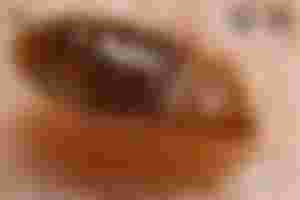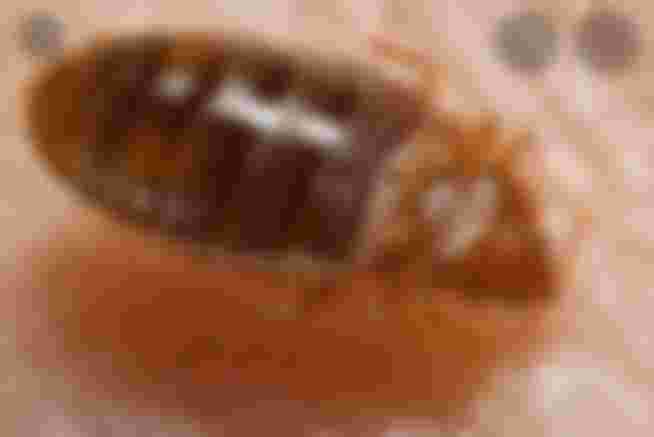
The first step to bed bug control is finding out the exact places where bed bugs have infested. Until or unless you narrow down the locations, using the best bed bug spray will also remain ineffective. So to obtain an optimum result on bed bug control, focus on the infestation corners.
How do you look for signs of bed bugs?
The accurate way to identify a possible bed bug infestation is to look for physical signs of the bugs. When you are cleaning, changing beddings and such, or when you have returned from a long stay away from your home, look for the following signs:
Any rusty or reddish colored stains on bed sheets, mattresses, and pillows, which are caused by bed bugs being crushed.
Small dark spots, which are bed bug excrement. These appear on the fabric as a marker spot would.
Eggs and eggshells, which are tiny (about 1mm).
Pale yellow skins that bed bugs shed as they grow larger.
Live bed bugs crawling around
Where do bed bugs hide?
The difficulty that a bed bug poses is that they hide when they are not feeding. Owing to their tiny size, they can hide around the bed, near the piping, in the seams and tags of the mattress and box spring, in cracks on the bed frame and headboard, and almost anywhere. When your room is heavily infested, you will notice them quickly, and you will find bed bugs in one or more of the following places:
Seams and folds of chairs and couches, in between the cushions and in the folds of the curtains.
Drawer joints.
Electrical receptacles and appliances that haven’t been used for a long time.
Under wallpapers and wall hangings.
In the head of a screw.
Bed bug control is essential especially for the reason that bed bugs can be anywhere in your house, unknown to you. So either contact a professional bug pest control company or take bed bug control measures yourself to make your home pest-free.
